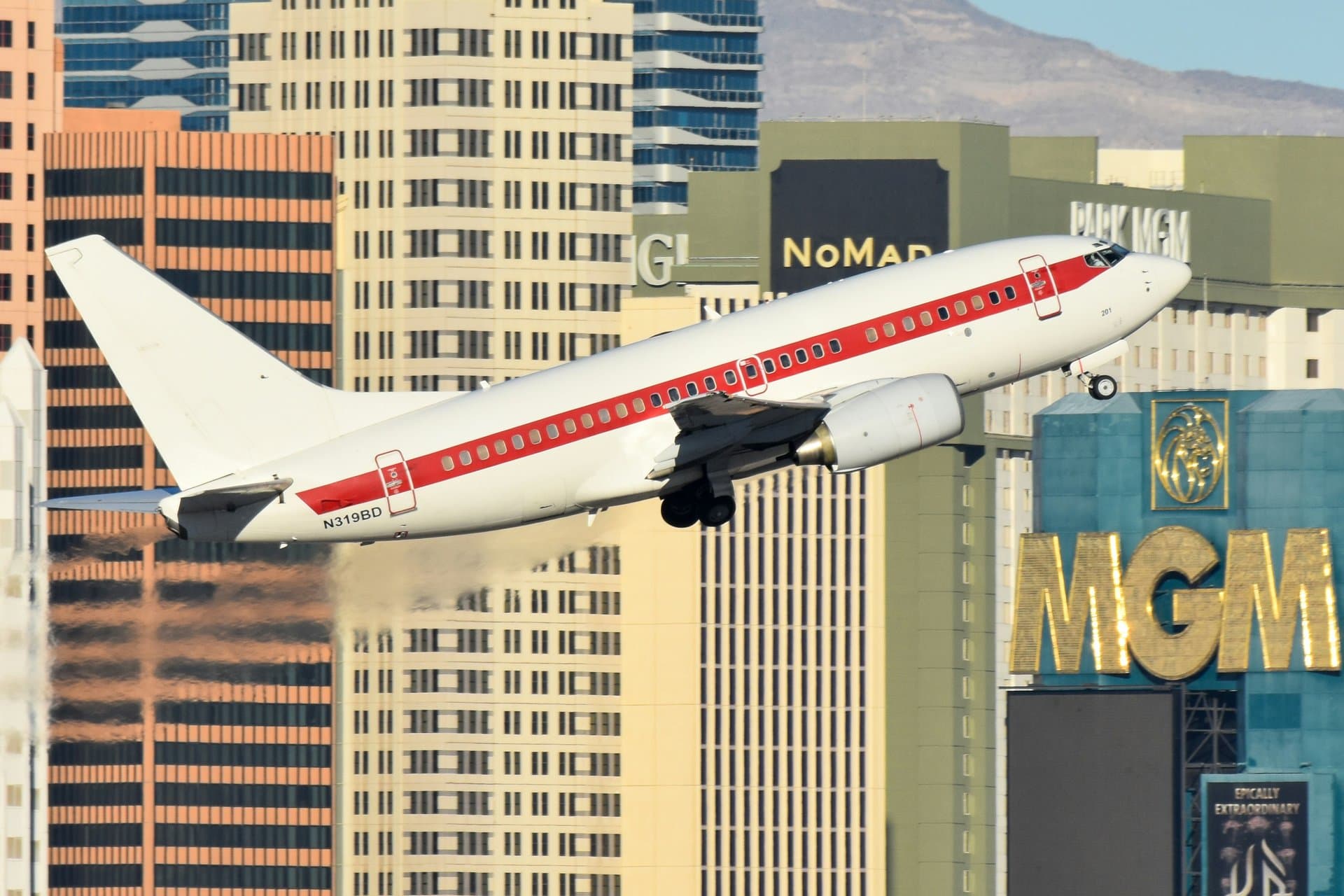Boeing Stock Surge and IAG’s Jet Orders: Trade Deal Insights
Explore how Boeing’s stock rally and IAG’s $10 billion aircraft order reflect the evolving U.S.-U.K. trade deal, revealing fresh perspectives on aerospace markets and global trade dynamics.

Key Takeaways
- Boeing’s stock rose 3.3% after U.S.-U.K. trade deal news
- IAG ordered 32 Boeing 787-10 jets and 21 Airbus A330-900neos
- Boeing’s $435 billion backlog extends nearly 10 years
- Trade deals signal potential easing of tariffs benefiting Boeing
- IAG’s aircraft orders reflect strategic fleet renewal and growth

Boeing’s stock jump on the heels of the U.S.-U.K. trade deal caught many by surprise—not because of immediate plane sales, but due to the promise of smoother trade relations ahead. The deal, spotlighting a $10 billion aircraft purchase by the U.K., coincided with International Consolidated Airlines Group (IAG) confirming orders for 32 Boeing 787-10 jets alongside 21 Airbus A330-900neos. Yet, Boeing’s massive $435 billion backlog, stretching nearly a decade, tells a story of demand far beyond a single deal. As tariffs and trade tensions loom, this aerospace giant’s fortunes hinge on global markets and production challenges. Let’s unpack how these developments reshape Boeing’s stock narrative and what IAG’s fleet expansion means for the industry’s future.
Decoding Boeing’s Stock Rally
When Boeing’s stock jumped 3.3% on a Thursday, many assumed it was all about the U.K. buying $10 billion worth of planes. But here’s the twist: Boeing’s commercial aerospace backlog already towers at $435 billion, stretching nearly 10 years at expected 2025 production rates. So, why the rally? It wasn’t just the deal itself—it was the signal that more trade agreements might be on the horizon.
Think of it like a runner catching a second wind. Boeing’s stock had already climbed 5% year to date and surged 23% since the November 5 presidential election. The trade deal eased fears of tariffs that could have pushed customers toward Airbus, which doesn’t face the same barriers. With nearly half of Boeing’s 2024 revenue from overseas, smoother trade routes mean smoother cash flow. Yet, the company still wrestles with quality issues and hasn’t posted a full-year profit since 2018. The stock’s bounce is hopeful, but the real test lies in execution.
IAG’s Strategic Jet Orders
International Consolidated Airlines Group (IAG), the parent of British Airways and Iberia, made waves by ordering 32 Boeing 787-10 jets and 21 Airbus A330-900neos. These aren’t just shiny new toys—they’re mainly replacements, signaling a thoughtful fleet refresh. Deliveries are slated between 2028 and 2033, giving IAG a runway to plan ahead.
IAG’s CEO Luis Gallego shared that this deal had been in the works for a long time, underscoring that aircraft orders aren’t impulsive buys but strategic moves. The Boeing jets will be powered by General Electric engines, while the Airbus planes will use Rolls-Royce engines, highlighting the competitive engine market. IAG also secured options to buy more planes later—up to 10 additional Boeing 787s and 13 Airbus A330-900neos—offering flexibility as market conditions evolve. This blend of Boeing and Airbus jets reflects a balanced approach amid global trade and supply chain uncertainties.
Trade Deals and Tariff Tensions
The U.S.-U.K. trade deal, which includes the U.K.’s commitment to buy $10 billion in Boeing planes, is more than a headline—it’s a strategic pivot in a landscape riddled with tariffs. Boeing estimates tariff impacts at less than $500 million annually, but the stakes are high. The European Commission is eyeing retaliation on over €95 billion of U.S. goods if trade talks falter, with Boeing aircraft imports specifically in the crosshairs.
Chinese airlines, facing tariffs north of 100%, have recently rejected some Boeing deliveries, illustrating how trade barriers can swiftly shift market share. For Boeing, which relies heavily on exports, these tariffs are like speed bumps on a global highway. The trade deal with the U.K. offers a smoother lane, but the broader tariff saga remains a looming shadow. Investors and industry players watch closely, knowing that trade policy can make or break aerospace fortunes.
Boeing’s Production Challenges
Behind the headlines of orders and trade deals lies Boeing’s ongoing struggle to ramp up production. After a tough 2024 marked by a quality crisis that even led to a CEO replacement, Boeing aims to increase its 737 MAX output to 38 jets per month in 2025. This is no small feat given the complexity of aircraft manufacturing and supply chain snags.
The company’s $545 billion order backlog is a double-edged sword: it promises future revenue but also demands flawless execution. Delays and quality issues can erode customer trust and inflate costs. Boeing’s narrower-than-expected first-quarter loss, buoyed by commercial airplane strength, hints at progress but also underscores the uphill climb. For investors, the message is clear: optimism must be tempered with realism about production hurdles.
IAG’s Market Outlook and Growth
IAG’s recent first-quarter report paints a picture of resilience and opportunity. Operating profit before exceptional items soared to €198 million ($222 million), up from €68 million ($76 million) a year prior, while revenue climbed 9.6% to €7 billion. The airline group sees strong demand in Latin America and Europe, with North America’s premium cabins offsetting softness in economy seats.
This robust performance underpins IAG’s confidence in expanding its long-haul fleet with both Boeing and Airbus jets. The mix of aircraft and engine suppliers reflects a strategic hedging against market and supplier risks. IAG’s shares nudged up just over 1% following the announcement, signaling investor approval. In a world where air travel demand is rebounding unevenly, IAG’s growth story is a beacon of calculated optimism.
Long Story Short
The recent Boeing stock rally and IAG’s substantial aircraft orders underscore a complex dance between trade policy, market demand, and production realities. While the U.S.-U.K. trade deal offers a breath of fresh air, Boeing’s enormous backlog and ongoing quality hurdles remind us that success isn’t just about signing contracts—it’s about delivering on them. IAG’s strategic mix of Boeing and Airbus jets signals a savvy approach to fleet renewal amid shifting market dynamics. For investors and industry watchers alike, the lesson is clear: aerospace fortunes are tethered not only to trade headlines but to the gritty details of manufacturing and global competition. The relief of a smoother trade path is palpable, but Boeing’s climb to sustained profitability remains a marathon, not a sprint.